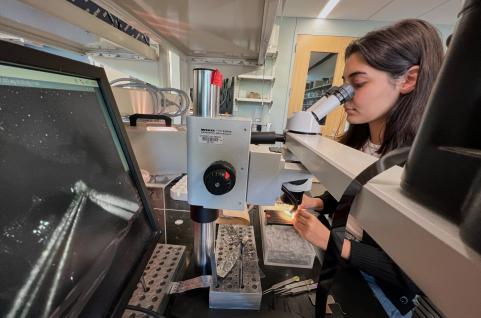Since 2017, the Brain Institute has awarded over $5 million to nearly 170 faculty members across 38 departments representing the School of Medicine, College of Arts & Sciences, School of Education and Human Development, School of Nursing, School of Engineering & Applied Science, and School of Data Science.

